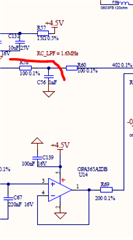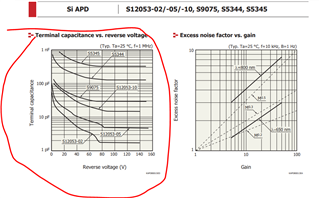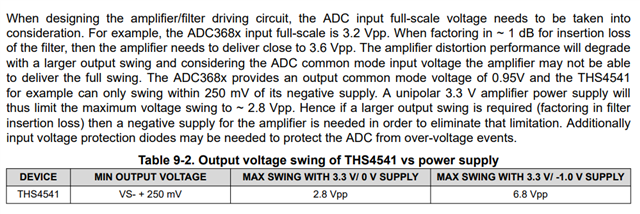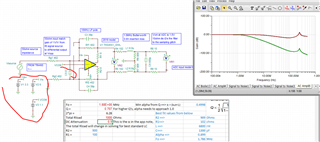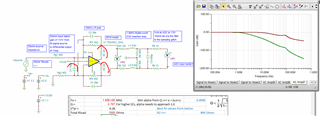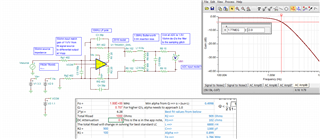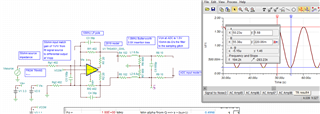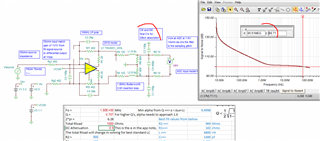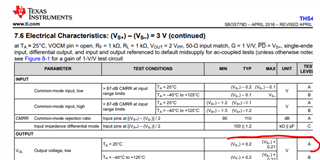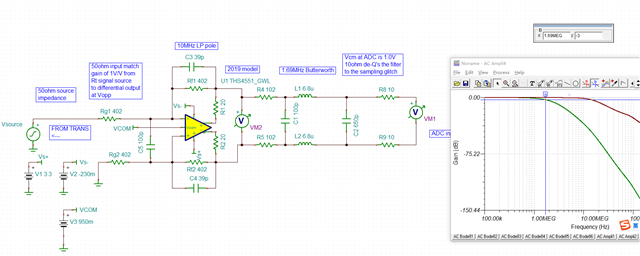Other Parts Discussed in Thread: ADC3683, , OPA657, OPA365, THS4551, ADC3683EVM, LM7705, LM27761
Hi,
I'm designing a four channel optical detection front-end with OPA657 and THS4541.(connected to following ADC3683)
Main Circuit are shown below.
I used OPA365 to generate a -0.6V to maximize the output swing range of the THS4541. I'm not sure if it's a correct way to do so, considering stability and noise.
It would be very appreciated if anyone can take a review, thanks !


